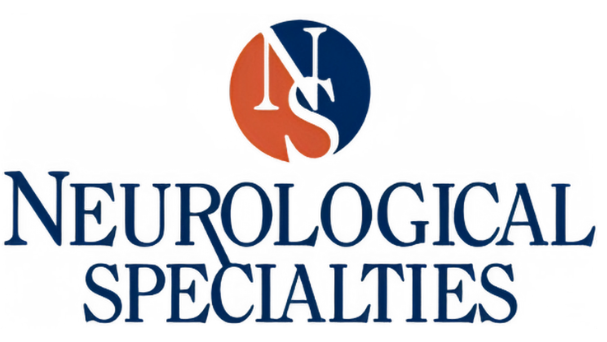Diagnostic Testing
EMG & Nerve Conduction Studies
Electromyography (EMG) & Nerve Conduction Studies in Tampa, FL
At Neurological Specialties, we offer Electromyography (EMG) and Nerve Conduction Studies (NCS) to diagnose and evaluate neuromuscular disorders, nerve damage, and muscle conditions.
Dr. Henkel is a recognized expert in the field, having completed a fellowship in Clinical Neurophysiology and performed thousands of diagnostic studies to support patient care.
What is an EMG Test?
An Electromyography (EMG) test measures the electrical activity of muscles to assess muscle function and nerve signaling. It helps diagnose conditions such as:
- Neuropathy (nerve damage or dysfunction)
- Muscle disorders (such as muscular dystrophy or myopathy)
- Radiculopathy (pinched nerves in the spine)
- Motor neuron diseases (such as ALS)
- Nerve compression syndromes (e.g., carpal tunnel syndrome)
What is a Nerve Conduction Study (NCS)?
A Nerve Conduction Study (NCS) evaluates how well electrical signals travel through the peripheral nerves. This test helps diagnose:
- Peripheral neuropathy
- Nerve injuries
- Carpal tunnel syndrome
- Chronic inflammatory demyelinating polyneuropathy (CIDP)
- Herniated discs affecting nerve function
What to Expect During the EMG & Nerve Conduction Study
The tests are non-invasive and performed in-office by our neurology specialists in Tampa.
Small electrodes are placed on the skin or muscles to measure nerve and muscle activity.
The test typically takes 30–60 minutes depending on the number of nerves and muscles examined.
Patients may feel mild discomfort but can resume normal activities immediately after the procedure.
Why Choose Neurological Specialties for EMG & Nerve Conduction Studies?
Board-Certified Neurologist
with extensive experience in nerve and muscle disorders
State-of-the-Art Diagnostic Technology
for precise and accurate results
Personalized Treatment Plans
based on your test results
Schedule Your EMG & Nerve Conduction Study Today
If you are experiencing numbness, tingling, muscle weakness, or unexplained pain, an EMG or Nerve Conduction Study can provide crucial insights into your condition. Contact Neurological Specialties in Tampa today to schedule your evaluation.
